- Learning time
- 20 minutes
- First play time
- 80 minutes
San Juan
Designed by: Andreas Seyfarth
San Juan is something of a sister game to Puerto Rico, using the same principles and theme but playing simpler and faster.
The game is made up of a large deck of Building cards and five ‘role’ cards. Players are dealt four cards at the start of the game plus one Indigo production plant – more of that in a moment.
During play everyone takes turns being the Governor (starting player) and on your turn you choose a role from the centre of the table – the roles being Prospector, Builder , Producer, Trader, and Councillor. Aside from the Prospector – who just gets you an additional card – all the roles benefit everyone:
Builder lets you place a card from your hand face-up on the table, paying its cost by discarding cards from your hand. This enables the building of more Indigo production buildings, or more lucrative Sugar, Tobacco, Coffee and Silver buildings.
Producer means at least one of your plants produces – in real terms, you take a card from the deck and slide it under your plant. It can be sold later for more cards to your hand, using the…
Trader. Sell one of your products for an amount defined by five cardboard chits – indigo is only ever worth one card, but there are more productive plants such as coffee and silver.
Councillor allows everyone to pick up two cards from the deck, and pick one to keep in their hand.
When you choose a role – Prospector aside – you also get a privilege; a benefit for taking the card. Taking the Builder makes building cheaper, taking the Producer allows you to produce an extra good, the Trader allows you to ship and extra good and the Councillor allows you to choose from five cards rather than just two.
Your long-term aim is either be the first to build 12 buildings (which ends the game) or to have built well enough to outscore the player that does. In the short term plants get you more cards (via Producer and Trader) but over half the deck is made up of violet buildings – these all have an explanation on them are there are too many to list here, but essentially they give you little benefits and short-cuts during the game. Everything you build has a victory point value at the end of the game, so when somebody does reach 12 buildings, scores are totted up and the highest scoring player wins.
Joe says
San Juan was one of the first games to introduce the idea of cards performing several functions; they are produce, currency and buildings all at once. It was developed at the same time as Race for the Galaxy, and they have many similarities - I prefer the latter game for sheer variety and speed (with two people), but San Juan is definitely easier to learn. There is an iOS/Android version, so it might be worth a download to see if it appeals before purchasing the real-life game.
The guru's verdict
-
Take That!
Take That!
Minimal, but there is a seam running through the game. It's possible to spot someone's plans and hamper them by taking the role they clearly want or need.
-
Fidget Factor!
Fidget Factor!
Low. It moves fast.
-
Brain Burn!
Brain Burn!
Nothing too heavy.
-
Again Again!
Again Again!
That complexity 3 rating will quickly drop once you've played it once - San Juan is a wonderfully streamlined game where your best bet is to try and get your various buildings working together.


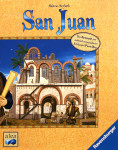
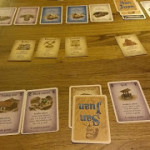
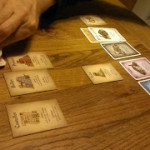



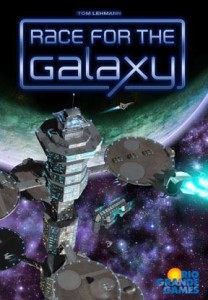
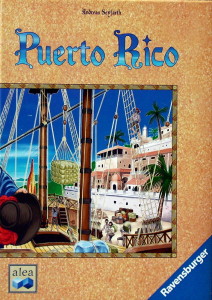
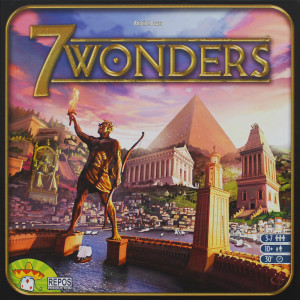
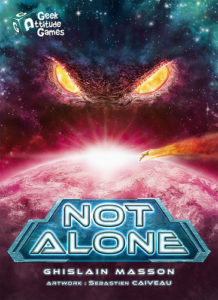
Sam says
It only takes one play to get up to speed on San Juan and, as it's a short game, that won't be particularly taxing. Once you're through the door you realise it's a game that allows both overall strategies and reactive tactics depending on what cards come up.